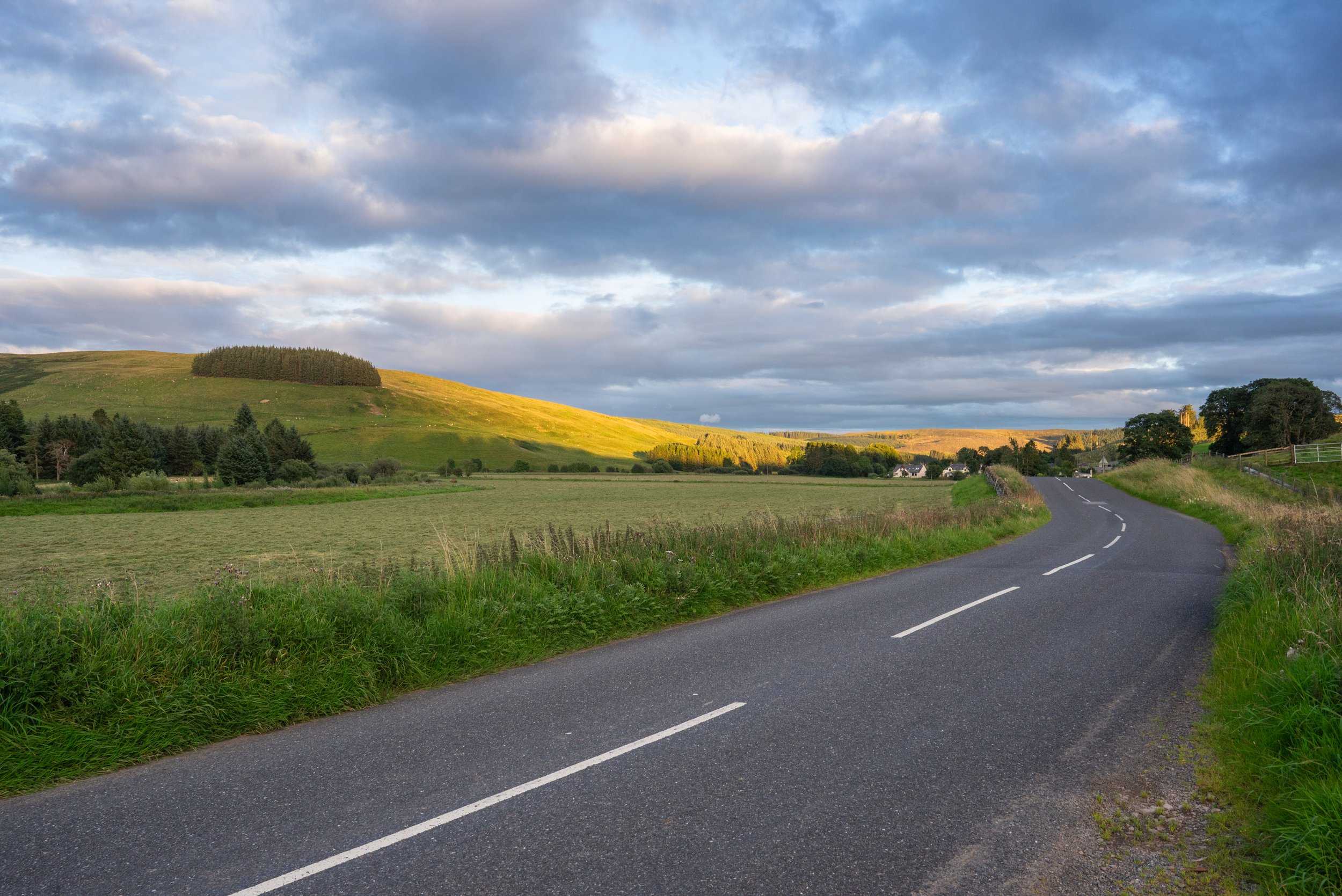Eskdalemuir, a place of tranquility, mystery and community spirit.
The small hamlet of Eskdalemuir, which has a population of around 265 people, is located in the East of Dumfries and Galloway. A 30 minute drive from Lockerbie, Langholm or Moffat, Eskdalemuir is set in a wonderful remote location comprising of high hills and the White Esk river cutting through the valley.







Our little off the beaten track valley is steeped in history and mystery. Eskdalemuir has two Neolithic stone circles located just outside the village. Loupin Stanes, the smaller of the two, consisting of 10 stones, is dated back to the third or second millennium BC, and is believed to be a ritual monument. Girdle Stanes, consisting of 21 stones, is dated back to the early bronze age, also believed to be a ritual or funeral monument. The stone circles are easily accessible on foot, along side the River Esk, just a 50 meter walk from the road side where there is a lay-by for parking. DG13 OPG


Eskdalemuir also sits alongside one of the old Roman roads, which is now a walking trail, the Roman and Reivers route, leading up to Hawick from the Forest of Ae just outside Dumfries. The route is 86km long, usually walked over 3 - 5 days, crossing the Southern Uplands using the Roman roads, through woodlands, forestry and farmland. The Dark Skies Glamping Pod sits along the route, just below Craik Cross Hill, which was the old Roman Signal station.
There’s also numerous old hill forts in the area, Castle O’er being the most impressive. Believed to be a base for the Selgovae tribe, who ruled over much of South West Scotland in the Iron Age. Archaeologists have uncovered traces of almost 30 round wooden houses, but suspect the fortress was once used as a place to defend from attacks, before people settled there until long after.
Probably the most surprising thing about Eskdalemuir, is that when you drive North out of the village down quiet rural roads, you turn a corner and are greeted by the sight of Samye Ling Buddhist monastery. Formed in the 70’s by a small group of Tibetan monks, Samye Ling is Europe’s largest Buddhist temple. You will often see Buddhist monks and nuns walking up and down the roadside in full robes. With stunning grounds and a beautiful temple, Samye Ling invites people to come and have a look around, or get involved in the many courses and teachings they run. People such as David Bowie, Annie Lennox and many other famous faces have been on retreats here. Many of the local residents are folk who moved around here in the 70’s and 80’s to help build the temple brick by brick alongside Akong Rinpoche and Chogyam Rinpoche the founding Buddist monks.








The community here in Eskdalemuir and surrounding area is a eclectic mix of people. Some have lived here and farmed the land for generations, others have moved here to be close to Samye Ling Buddhist temple, and there’s people who have moved here because of the peace, beauty, and array of wildlife we have here in the valley. It is a very welcoming place to visit, you will be greeted with a smile wherever you go. People here are willing to help out anyone, neighbor or people visiting the valley. Go in the local community community Hub, which is also a cafe/bar, and you will be chatting to the friendly locals in seconds. The Eskdalemuir Old School Cafe and Bar is a fantastic old school house in the center of the village, ran by local volunteers. Serving food and drinks daily, and holding a variety of classes, music events and art exhibitions from the many local talented artists and crafts people. With no other shop or bar within a 30 minute drive, it’s the perfect place for locals to meet up, and passers by to stop off and sit in the lovely garden with homemade cake and lovely coffee.







